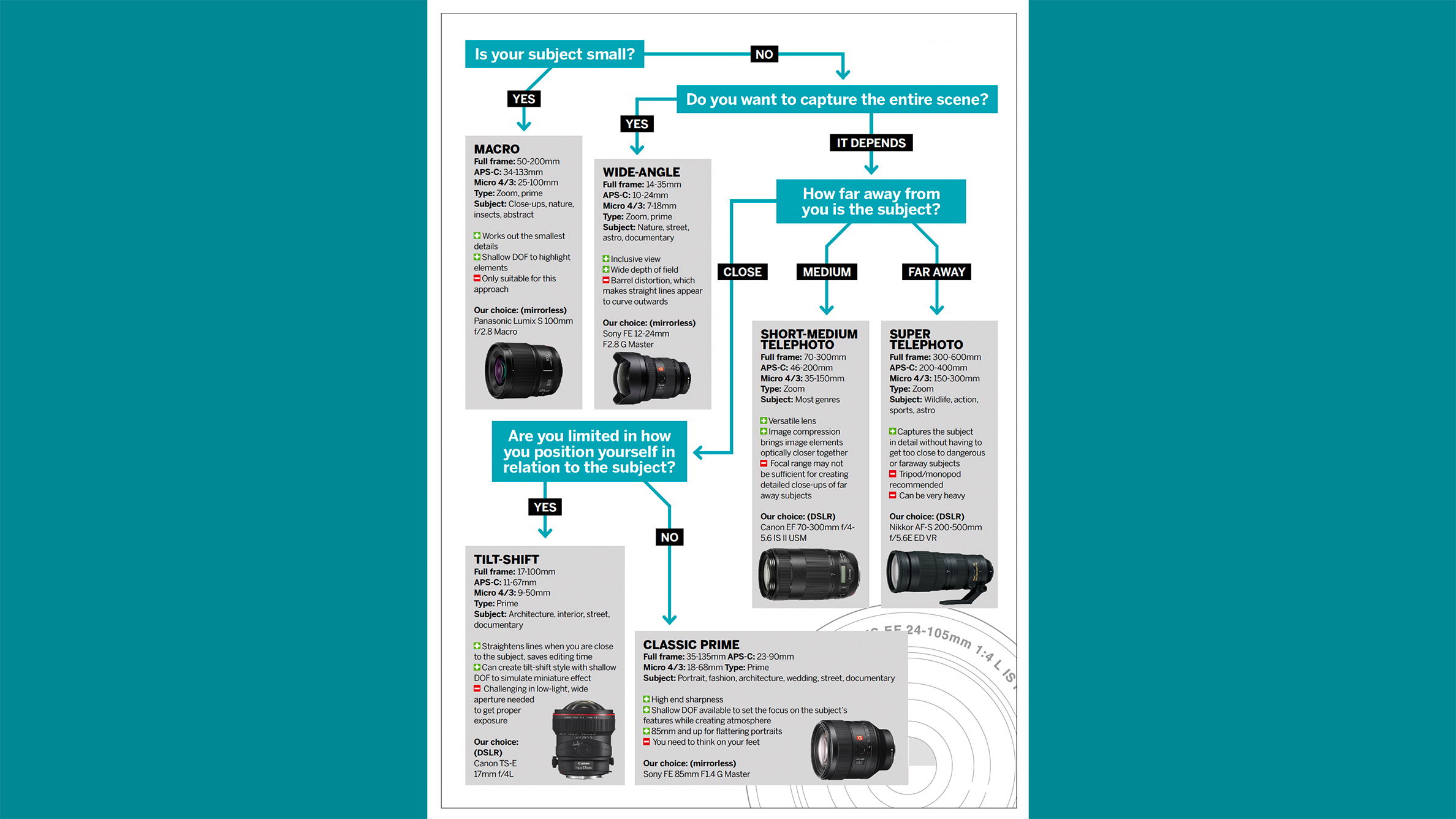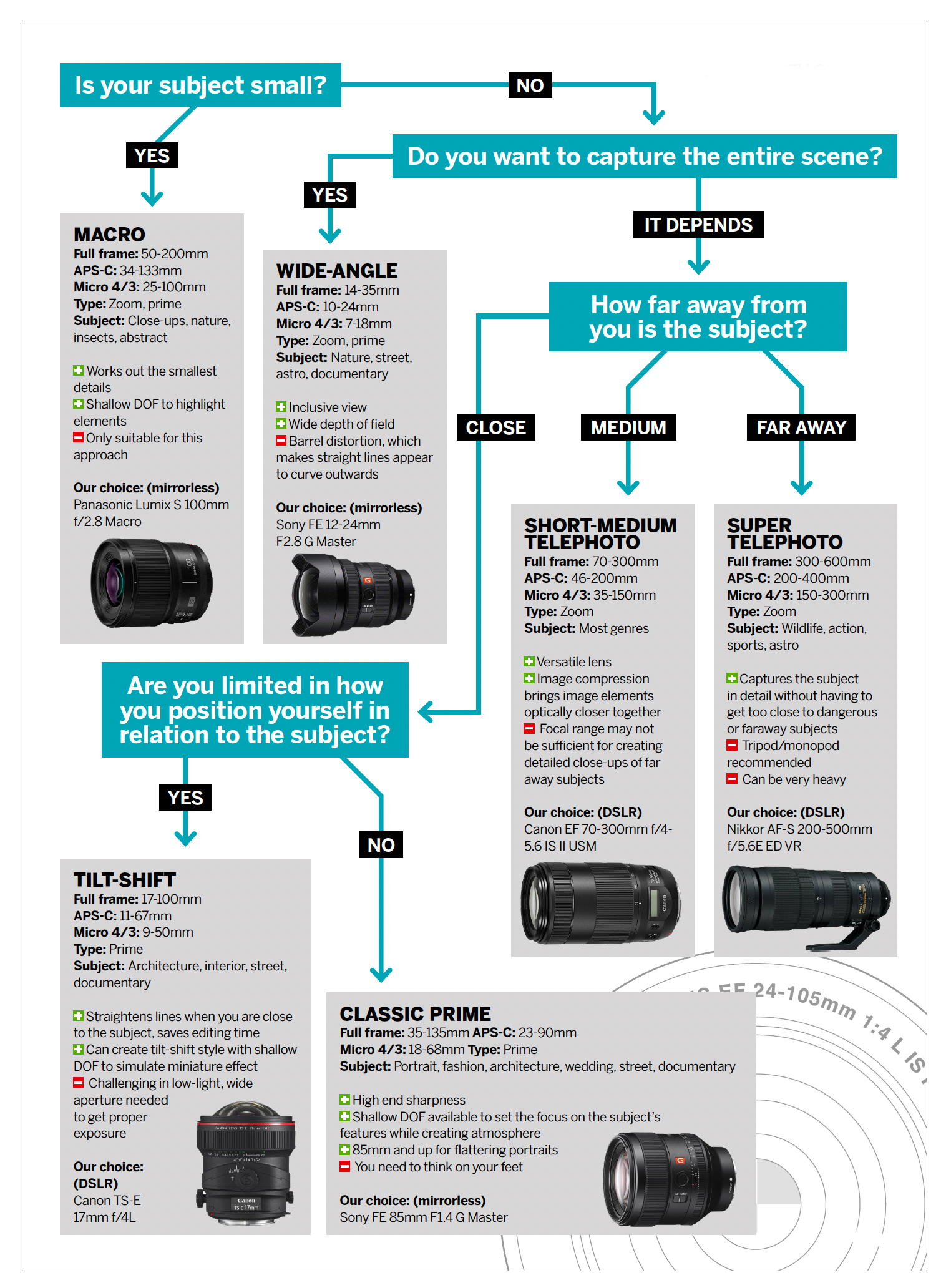
When purchasing a lens, after the focal length, the focus is on the aperture possibilities. Throughout the history of photography, lenses with large apertures, such as f/1.4, have been popular and often command higher prices compared with their f/4 or f/8 counterparts. This is logical because lower f/stop ratings enable more light to enter the sensor, making it possible to use lower ISO settings even when combined with fast shutter speed or in low-light scenarios. However, considering the advancements in camera technology, it’s worth questioning the necessity of investing in these ‘fast lenses’.
In the 20th century, photographers had to use maximum open apertures to compensate for slow film speeds, allowing for slightly shorter exposure times. However, advancements in sensor technology and in-body image stabilization (IBIS) now enable shooting at higher ISO settings without significant image degradation.
Additionally, AI in post-processing supports enhancing images affected by noise. Despite these advancements, many photographers still hesitate to use ISO values over 5600, even when there’s no need for concern because of today’s improved low-light performance. While some photographers may see this as a good reason not to invest in a fast lens, the point of creating a shallow depth of field may arise. As we know, using a wide aperture creates a shallow depth of field, resulting in blur around the subject. This is an important consideration based on your preferred style of photography. For instance, portrait photographers can make good use of the effect, while landscape shooters may not need this visual input. However, keep in mind that when shooting with maximum open apertures, the focus area is reduced. As a consequence, when taking a portrait with f/1.4, it can be challenging to keep the subject’s eyes in focus.
Remember that there are different ways of achieving a shallow DOF beyond simply using lower f/stop numbers. You can also create this effect by minimizing the distance between the lens and the subject. Alternatively, use a focal length that compresses the perspective, such as 85mm or longer. With this focal length, you achieve a shallower DOF compared with a 16mm lens, as the 85mm lens will bring the background and subject closer together.
Take a lens quiz
Match your photo needs
Take this quiz to find the perfect focal length range for your subject








